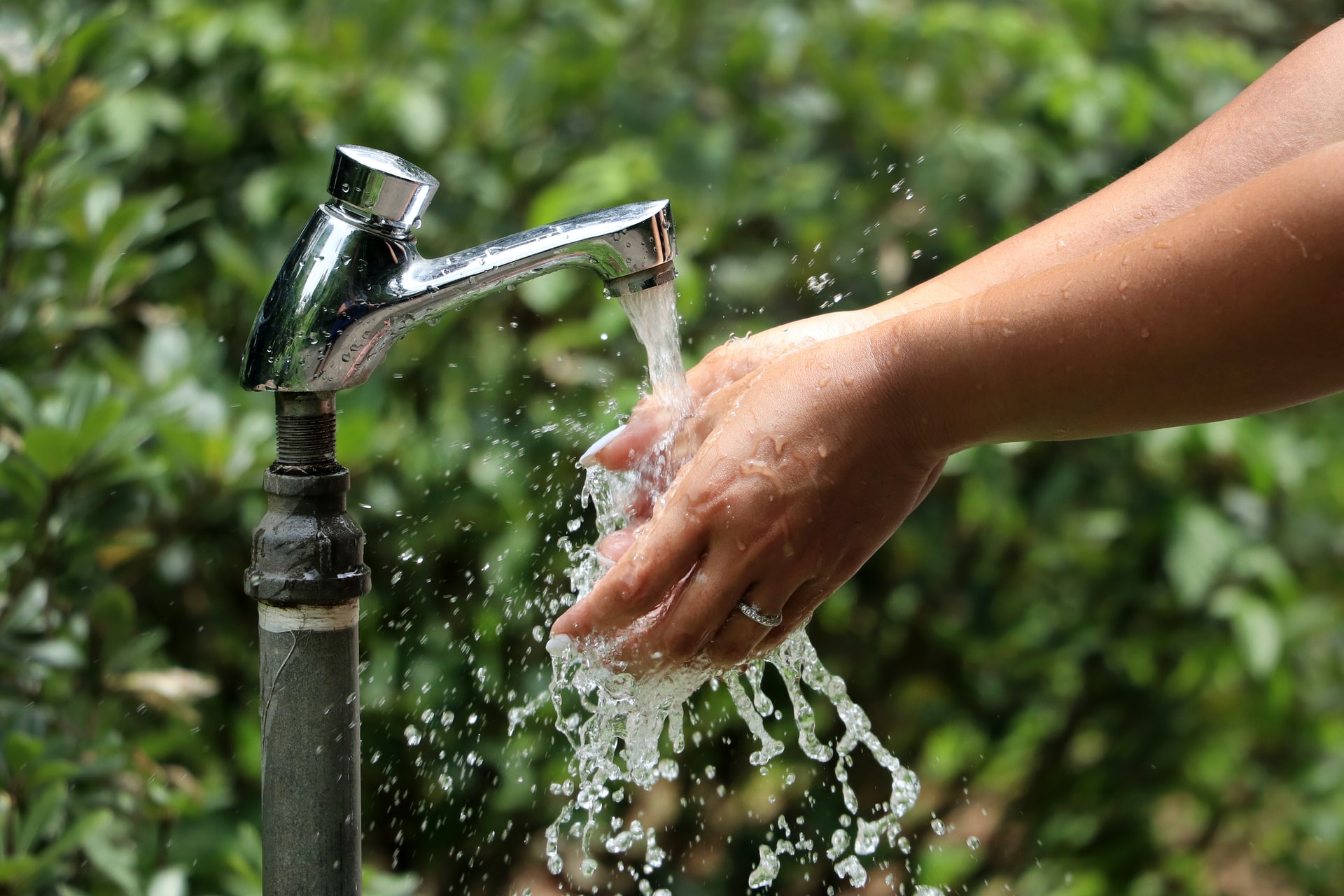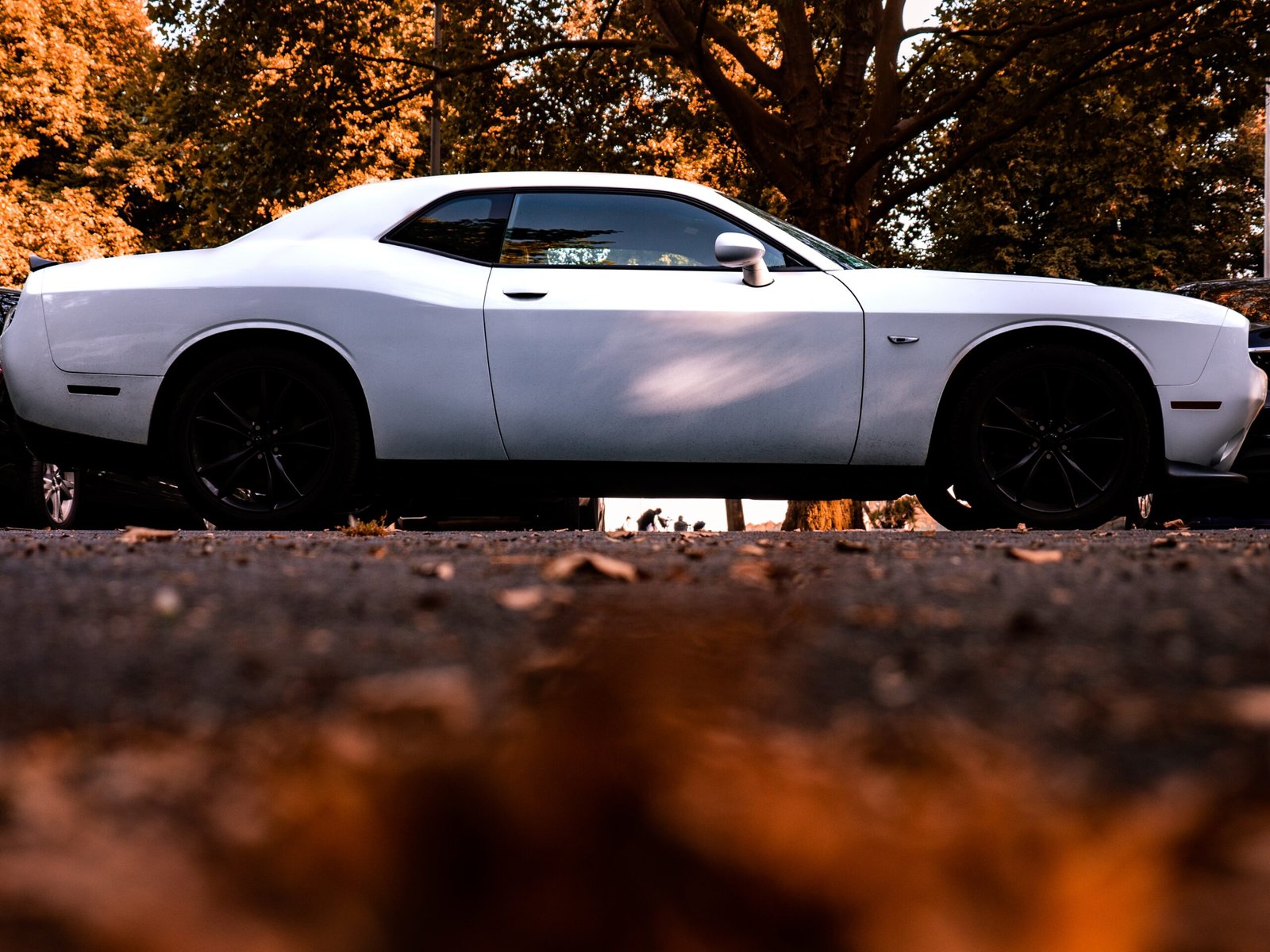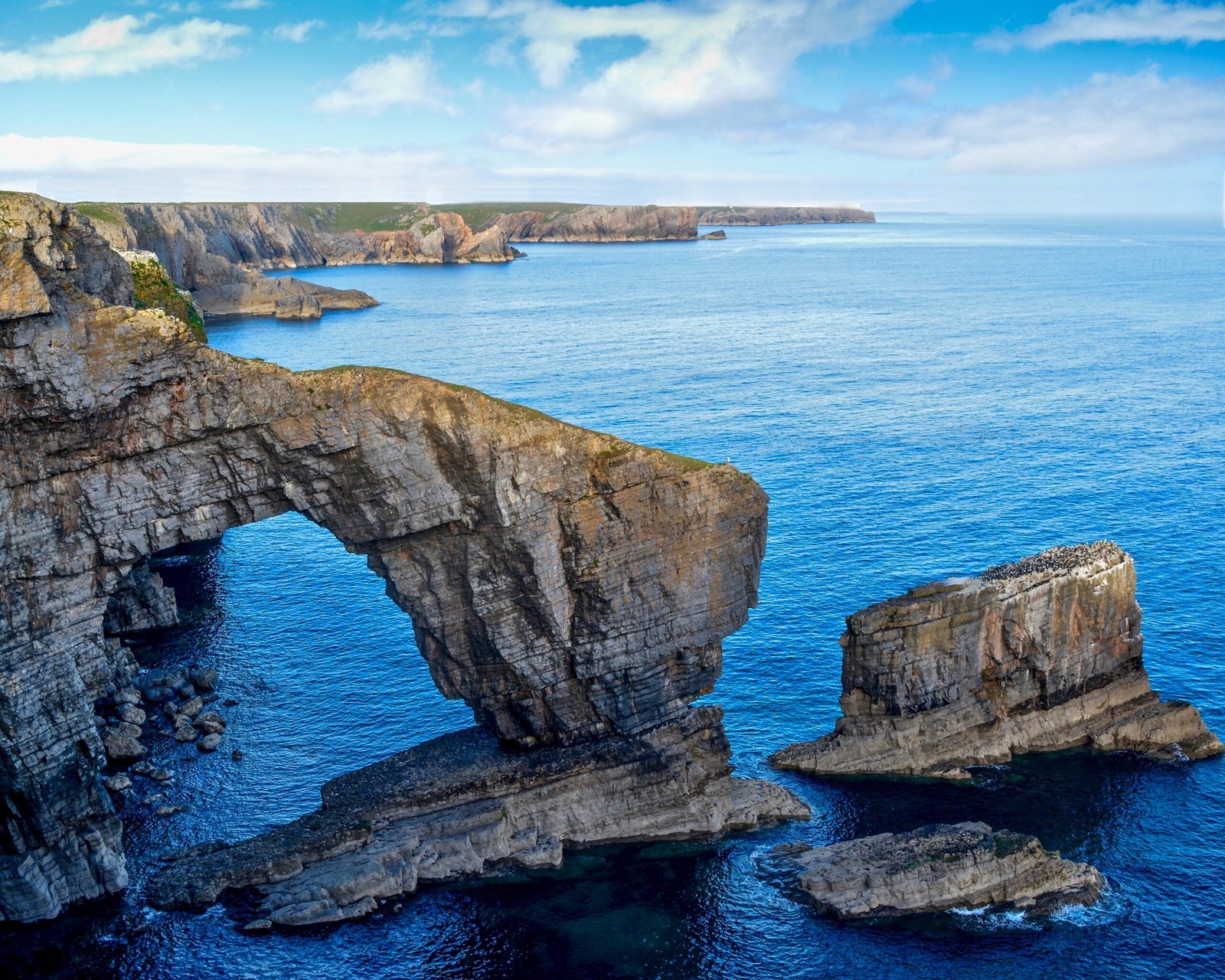
The Price Between Tap and Bottled Water In 30 US Cities, A Holidu.com Study To Help You Travel Smarter
A study reveals the differences in price for both tap and bottled water in 30 US cities and over 100 cities around the world, including local indicators of tap water quality and water stress.
Holidu.com, the search engine for vacation rentals, has released a study that looks at the difference in the price of both tap and bottled water in 30 US cities and over 100 cities around the world. The company decided to examine this topic as part of their mission to help travelers make smart and affordable decisions about where they decide to stay, which led them to investigate the most basic of everyday vacation expenses: water.
Keeping in mind daily water usage in vacation rentals, they began by finding the average costs for tap water in each destination, before turning their attention to the often unavoidable cost of bottled water. After collecting the average costs for both in each location, Holidu was able to calculate in percentages how far the prices varied in each city, as well as between brands.
Special attention was also paid to tap water quality and scarcity in every region, to help inform travelers of any restrictions they may face. The result is a comprehensive price index that reveals how much variation there is in the cost, quality, and availability of water in US cities and around the world.
- A typical affordable bottle of 16.9 fl oz water in the US costs the most in Virginia Beach at $1.59 and costs the least in San Antonio at $0.70. Globally, Oslo, Norway is the most expensive at $1.84, while Beirut, Lebanon is the cheapest at $0.04.
- Comparing prices across several brand-name brands of water, New York has the most expensive bottled water in the US index, costing 138.9% more than the US median, followed by Atlanta (+90.0%) and New Orleans (+77.5%). San Antonio instead has the cheapest across brands, costing 90.3% less than the median price, followed by Tucson (-46.3%) and Dallas (-43.8%).
- San Franciscans pay the most for tap water, at 136.4% more than the US median, followed by people in San Diego (+109.5%) and Indianapolis (+101.4%). Citizens in Phoenix pay the least, at 62.6% less than the median price, followed by El Paso (-58.4%) and Dallas (-51.3%).
- Boston has the highest tap water quality score, followed by Seattle and Portland. New Orleans has the lowest, followed by Phoenix and Los Angeles. Globally, Innsbruck, Austria has the highest, and Lagos, Nigeria has the lowest.
How the study was conducted:
To begin the study, Holidu selected 30 US cities and a further 120 global cities which are popular tourist destinations, as well as places where there is a heightened risk of water shortage. For this purpose, they included a category showing the level of water stress for each city. Holidu also looked into the quality of tap water in each US and international location, as it was important above all to see if and where the water was safe to drink.
Next, the monthly consumption cost of tap water in each city was found, from which it was possible to calculate the percentage deviation from the median price for all the cities in both lists. The results show, more or less, just how much citizens in each metropolis pay for their tap water compared to the rest of the US, and the world.
The second part of the study focused on bottled water as a common cost for many travelers, despite the negative effects on the environment. To start, the price of a typical affordable bottle of water that a person may buy at a supermarket in each city was found.
This was broken down further into the average price per bottle of three of the most common water brands – Evian, Perrier/Nestlé, and the local water brand from the Coca-Cola company. Finally, the cost of all these different brands was averaged to see which cities have the most expensive and cheapest bottled water, calculating the percentage deviation from the median prices in the US and international indexes.
The final results paint a picture of how the price of water varies from US city to city and worldwide, as well as giving an overview of the differences in local tap water costs and water stress levels found across the globe.










